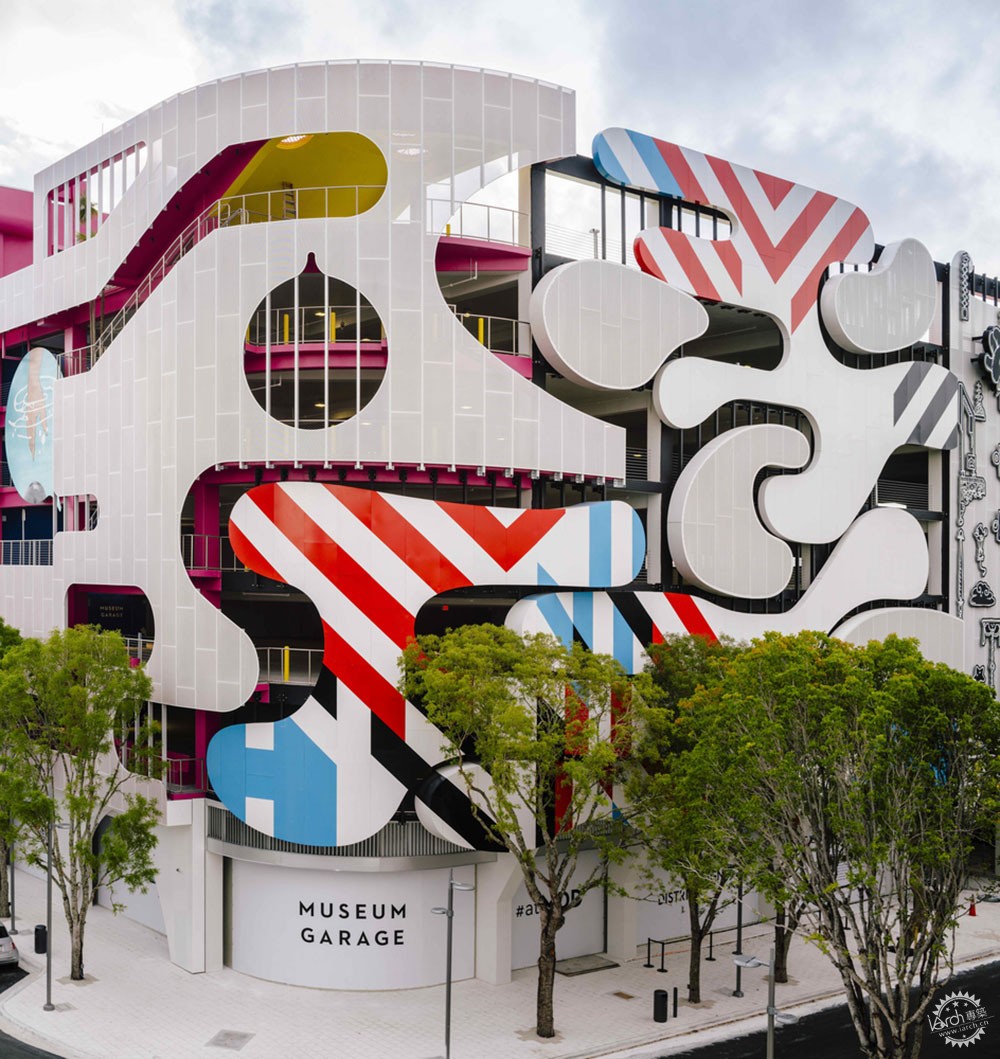
迈阿密汽车博物馆|Museum Garage Miami / Jürgen Mayer. Image © Miguel Guzman
“Architecture Happens Because We Believe in a Better Future”: An Interview with Jürgen Mayer
由专筑网李韧,曹逸希编译
建筑师Jürgen Mayer H.于1996年在柏林创建了其同名建筑事务所。他在德国和美国接受了高等教育。追溯到2010年,Mayer H.告诉我,他在德国所接受的专业教育让他更加了解建筑的技术和实践,但是他对于明晰的建筑语汇仍然缺乏一些相关的想法。
多年的提问和研究最终导致了其自我风格的形成. Mayer H.的建筑作品给世界各地带来了许多独一无二的象征,他常常应用数据保护模式,这样能够结合形成独特的建筑设计概念。我最近参观了他的西柏林工作室,我们讨论了关于建筑师的身份问题,我和Mayer H.说道,有时候一些媒体并不欣赏他的独特风格,对此他说:“这起源于我自己,同时也是整个团队的贡献。我们没有任何的想法和策略,只是希望尽我们所能交出满意的答卷。”
Architect Jürgen Mayer H. founded his firm J.MAYER.H in Berlin in 1996. He studied both in Germany (Stuttgart University) and in the US (Cooper Union and Princeton). Back in 2010, Mayer H. told me that while his solid professional education in Germany equipped him with the know-how about the technical and practical aspects of architecture, he still lacked a clear vision about how to develop his own thought and an architectural language.
Years of questioning and experimenting eventually led to the development of his own distinctive voice. Mayer H.’s buildings have brought unique identities to many places around the globe, particularly through his use of data protection patterns that triggered the creation of architecture unlike anything seen before. On my recent visit to his studio in West Berlin we discussed the architect’s identity. When I confronted Mayer H. about what he thinks about his signature style at the times when it is no longer celebrated by the media he said, “This started as my voice and by now it is the contribution of an entire team. There is no intention or strategy, just our own capacity to work with the medium of architecture.”
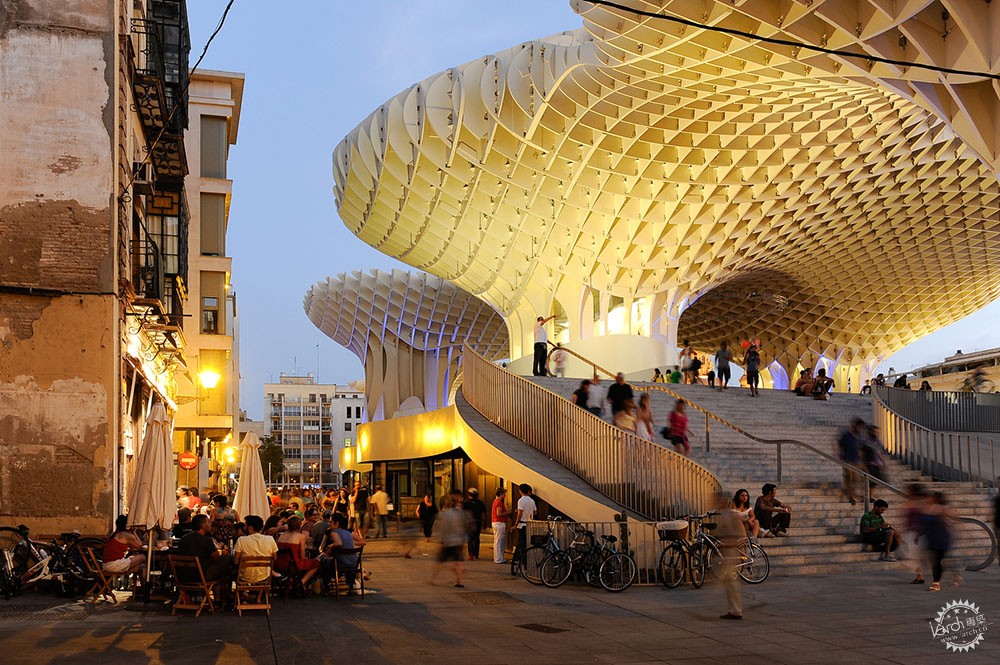
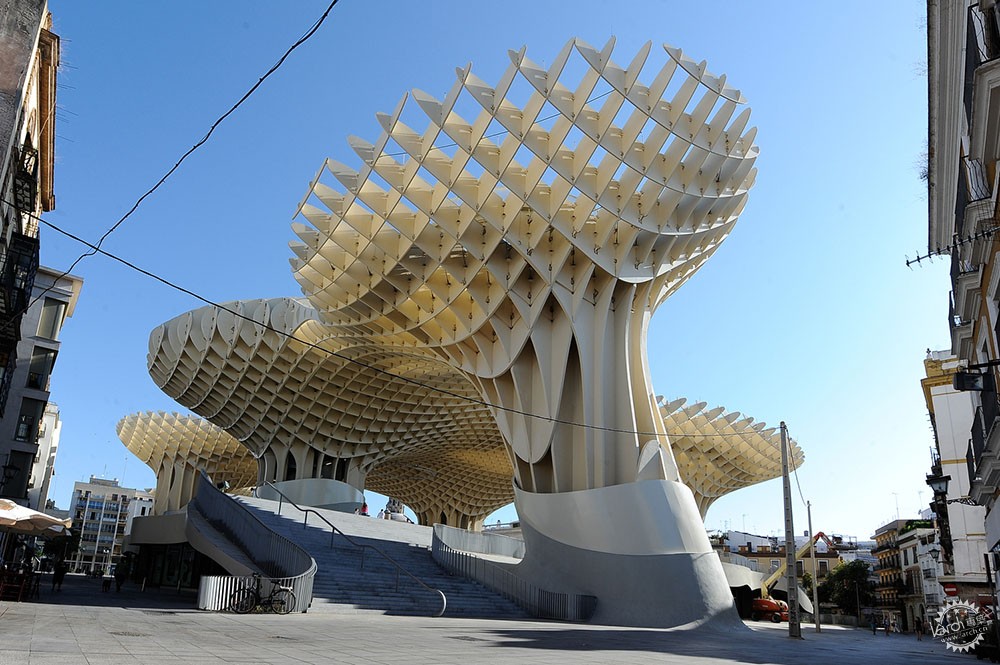
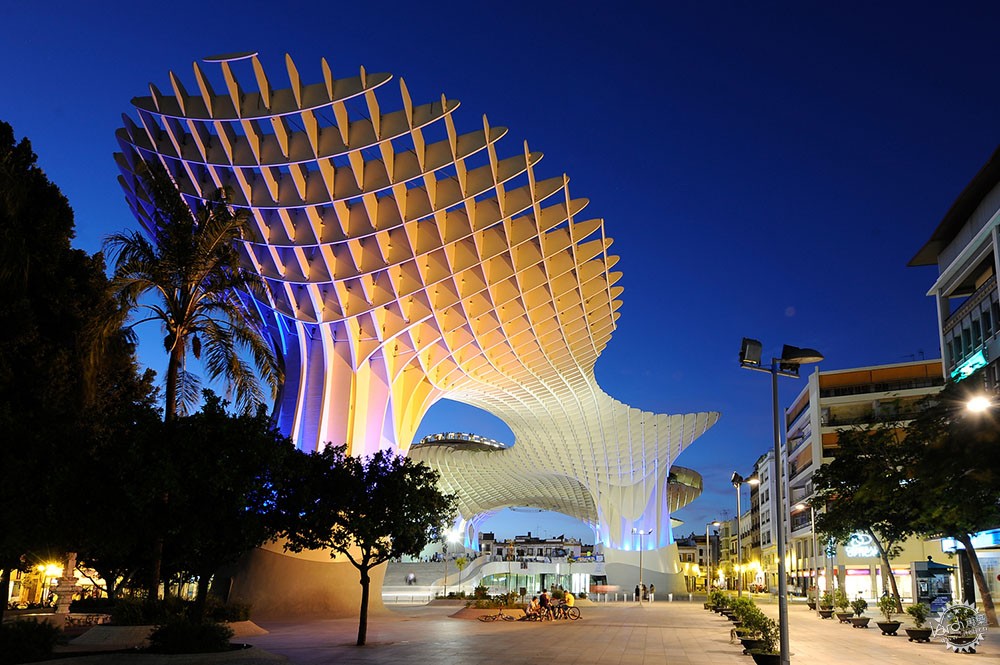
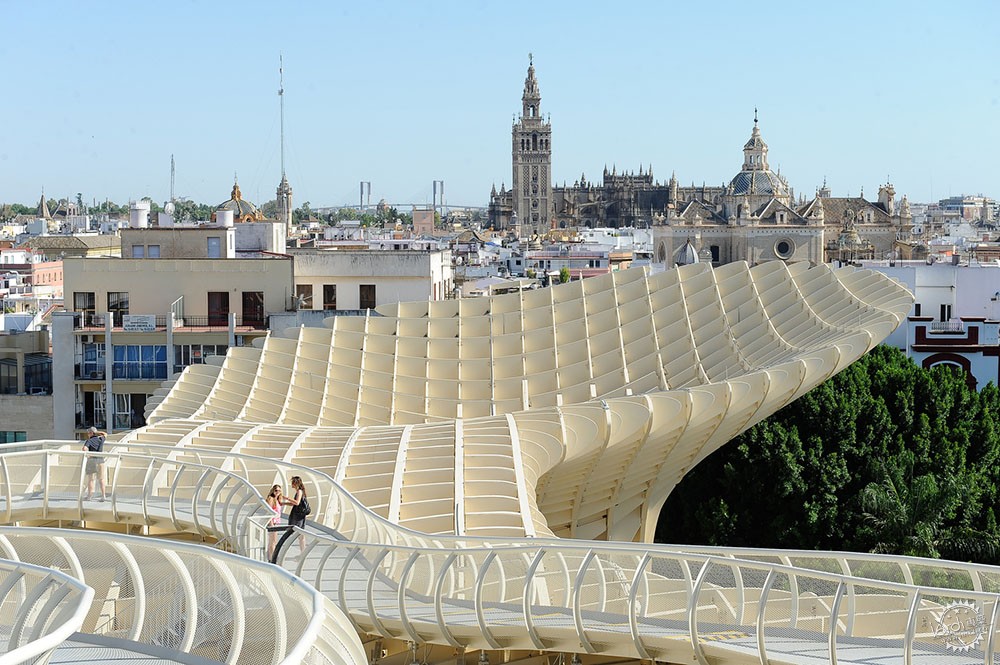
都市阳伞|Metropol Parasol / Jürgen Mayer. Image © Nikkol Rot for Holcim
Vladimir Belogolovsky(下文称为VB):对于许多建筑师而言,建筑生涯的首个项目往往能够引领后面的项目,而这个项目常常是自己或者家人的住宅,那么在你的职业生涯中,具有代表性的项目又是什么呢?
Jürgen Mayer H.(下文称为JMH):我认为,Stadthaus Ostfildern是我的第一个关键项目,它位于德国南部斯图加特的Ostfildern,我们在1998年获得了项目竞赛,当在2003年建筑投入建造时,它获得了密斯·范·德·罗奖的新兴建筑师类别。这个项目包含有许多基本概念,而这些概念也成为了我们之后项目的设计基础,其中有建筑立面上金属通风面板的数据保护模式。而第二个关键项目便是2011年在西班牙塞维利亚设计建造的都市阳伞(Metropol Parasol),在这个项目中,我们将活跃的城市空间与多种功能相结合,形成关键的多层次环境。这两个项目形成了思维大纲,在我们的所有项目中都可以看到它们的影子,在其中,建筑是交流空间,并且有着雕塑的特征。
VB:大概在8年前,我们在纽约发表演说,当时你表达了非常有趣的想法,那么现在我想回顾一下当时的一些概念,了解一下你今天所见到的评论。
JMH:对此我也非常好奇(笑)。
Vladimir Belogolovsky: For so many architects it is the very first project that leads to a particular discovery or a line of inquiry that is characteristic of the entire career that follows. Often it is a house for an architect’s mother or one’s own house. Is there a manifesto project that played such role in your case?
Jürgen Mayer H.: I would name the first key project, the Stadthaus Ostfildern, a townhall in Ostfildern outside of Stuttgart in Southern Germany, which was our first competition-winning project in 1998. When built in 2003, it won the Emerging Architect Prize by the Mies van der Rohe Award. It contained a lot of the basic ingredients that have become a foundation for many of our subsequent projects, including data protection patterns that we used to layout metal ventilation panels on the building’s facades. The second key project was Metropol Parasol built in Seville, Spain in 2011. There, we combined the lively urban space with mixing various programs to create vital, multilayered environment. These two projects were instrumental in forming a certain catalogue of ideas that can be traced in all of our work that is distinguished by an understanding of architecture as a space for communication and framed by a strong sculptural identity.
VB: About eight years ago we spoke in New York. You expressed very interesting thoughts then and now I would like to go back over some of them to hear your comments as you view them today:
JMH: I am quite curious myself. [Laughs.]

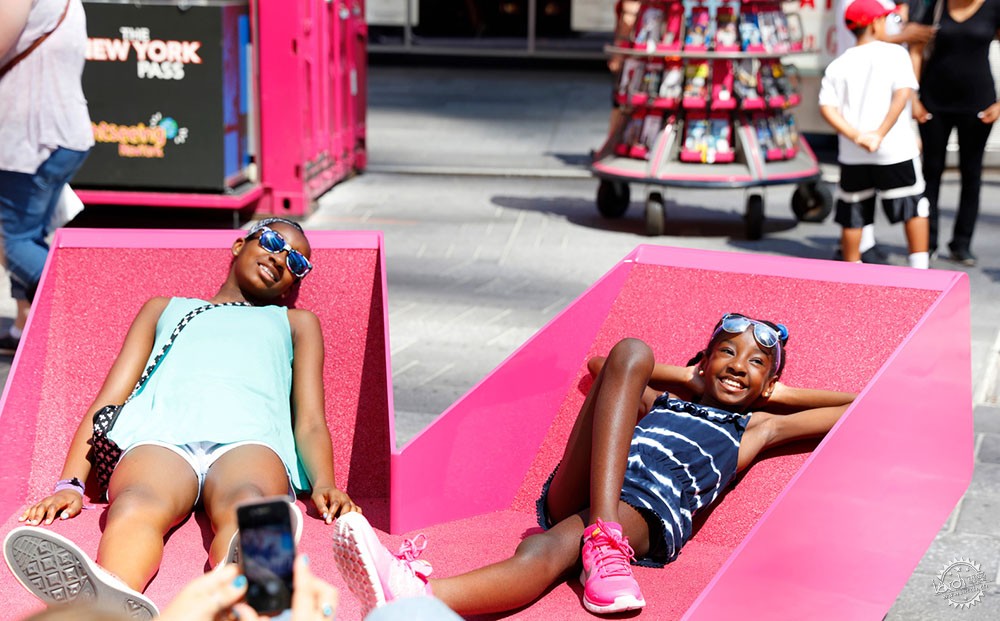
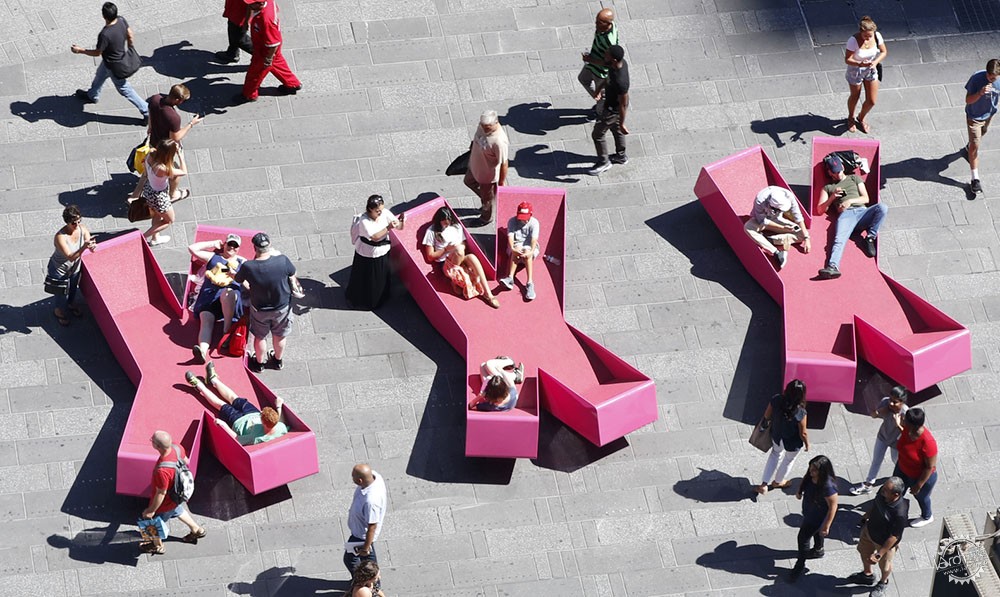
三个X形室外躺椅|XXX TIMES SQUARE WITH LOVE / Jürgen Mayer. Image © Rob Kassabian
VB:“我希望建筑自身能够促进人们发现潜在可能。”
JMH:我们需要使用这个美妙的媒介、用建筑来探索未来,同时我们也正在建造未来。因此,我们需要通过好奇心来引导建筑的发展。实际上,建筑美学也有着许多方法。
VB:还有,“我将我的作品看做是镜头,通过它可以看到周边一些新东西。建筑具有催化作用,它不是日常生活的背景,但它能够激发你对于环境的重新思考。”
JMH:这一点我仍然同意。建筑来源于我们对未来的美好期望,例如空间、经济、健康等方面。我们相信建筑。举例来说,建筑如何降低当代城市的压力?我们希望能够通过建筑来解决这个问题。
VB: “I want architecture itself to lead us to potential discoveries.”
JMH: We need to use this fantastic medium, architecture to explore what is coming, what is possible, as we construct our future. Therefore, we let our curiosity to lead this beautiful adventure of reinventing architecture. The beauty of architecture is in the fact that there are so many different agendas and ways of doing it.
VB: Another one – “I see my projects as lenses through which surrounding context is looked to see something new. Architecture is a catalyst, which is not a background to an everyday life, but something that provokes you to rethink spatial conditions.”
JMH: I still agree with that. Architecture happens because we believe in a better future. Spatially, economically, health wise, and so on. We believe in responsive architecture. For example, how can architecture reduce the level of stress in a contemporary city? We try to tackle such issues and give them an architectural face.
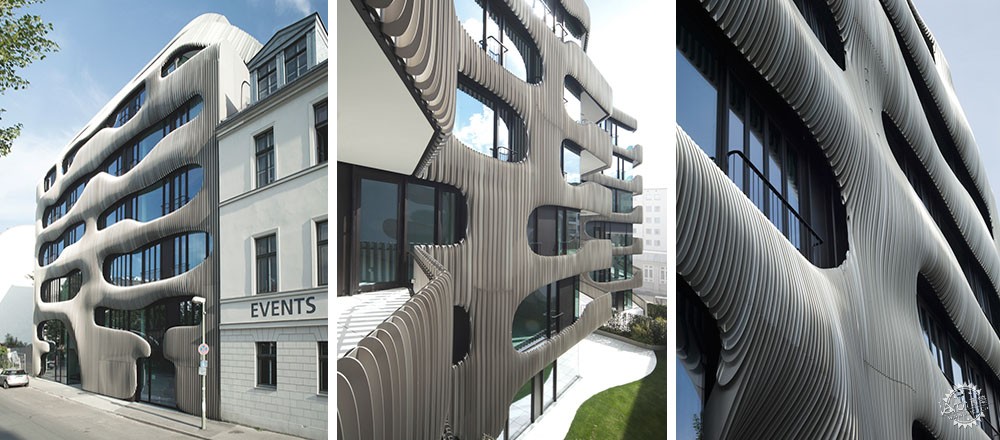
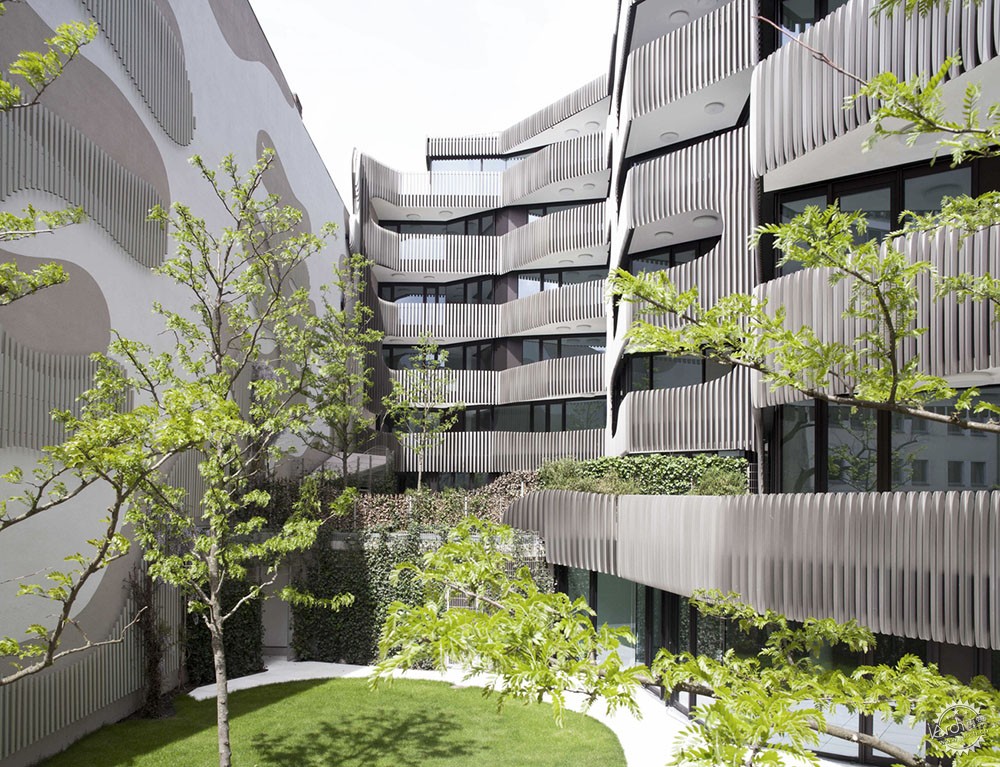
JOH3公寓楼|JOH3 / Jürgen Mayer. Image © Ludger Paffrath
VB:“建筑是对当代生活和文化的一种评判和探索。”
JMH:这句话的意思是,通过重新构思人们所能接受的东西,亦或是常规的现状,来形成一些批判性观点和意想不到的概念。理想情况下,这些都是建筑应该做的。
VB:这很重要的原因是我们在2010年发表了演说,建筑是一种语汇,但是现在已经发生了改变,而建筑师的策略也因此而产生变化。我们从最初的仪式感、标志性建筑风格,以及艺术探讨、隐喻、灵感,再到社会参与、生态、经济策略、项目背景、解决思路、团队合作。如果你坚持认为,你的作品是对现代生活和文化的评论,那么这其中一定产生了重大改变,因为建筑的语汇已经发生了改变。那么你是否在项目中看到明显的变化呢?并且这些变化能够表达建筑语汇的变更呢?
JMH:同时,人们对于数字技术的迷恋愈发增长,这种情节在学校、工作室等场所尤为明显,这也形成了未来经济的支柱。这与日益增长的复杂性相吻合,我们也发现了社区的活力以及人们公共场所的设计策略。
VB: “Architecture is a critique and discourse to make commentaries on contemporary life and culture.”
JMH: Meaning, contributing a critical view and projecting something unexpected by rethinking of what is accepted, a norm, a lazy status quo. Ideally, that’s what architecture should do.
VB: This is important because since we spoke in 2010, architecture, as a discourse has shifted, and architects’ rhetoric changed quite significantly. We moved from celebrating the iconic, signature style architecture, and discussing artistry, metaphors, and inspirations to emphasizing social engagement, ecology, economy of means, context, problem-solving, team work, and so on. If you maintain that your work is a commentary on contemporary life and culture, then it must have changed significantly because the architectural discourse evolved. Do you see a particular change in your work as a reflection of how the discourse of architecture has changed?
JMH: Meanwhile, the fascination with digital technologies is established in universities, labs, and hubs, and this forms the backbone of a future economy. Parallel to this increasing complexity we see investigations into the activation of communities and strategies to cultivate our commons.
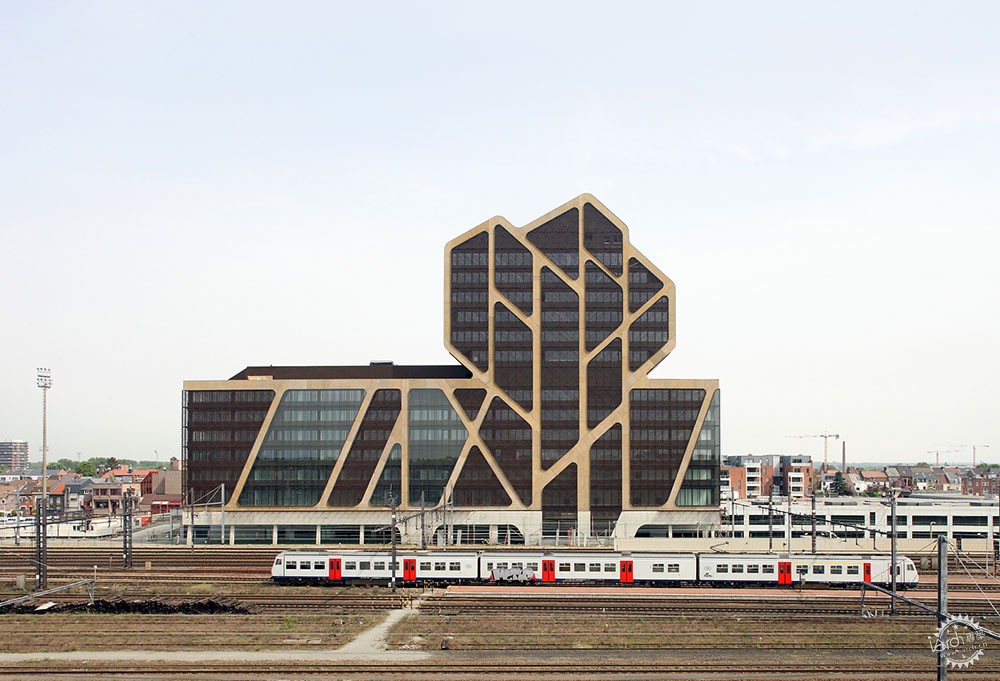
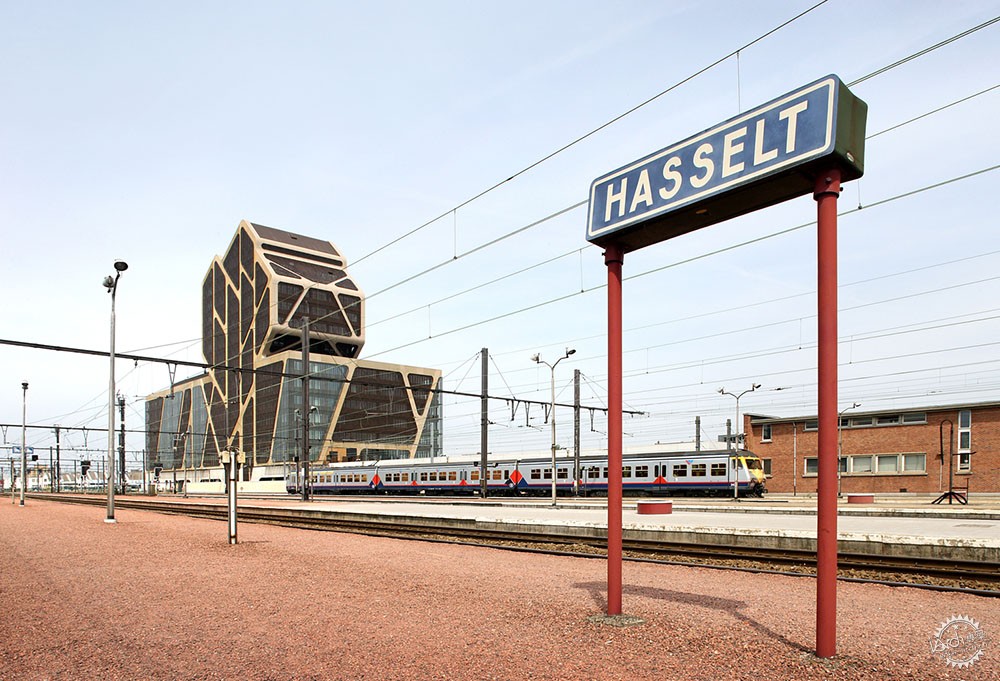
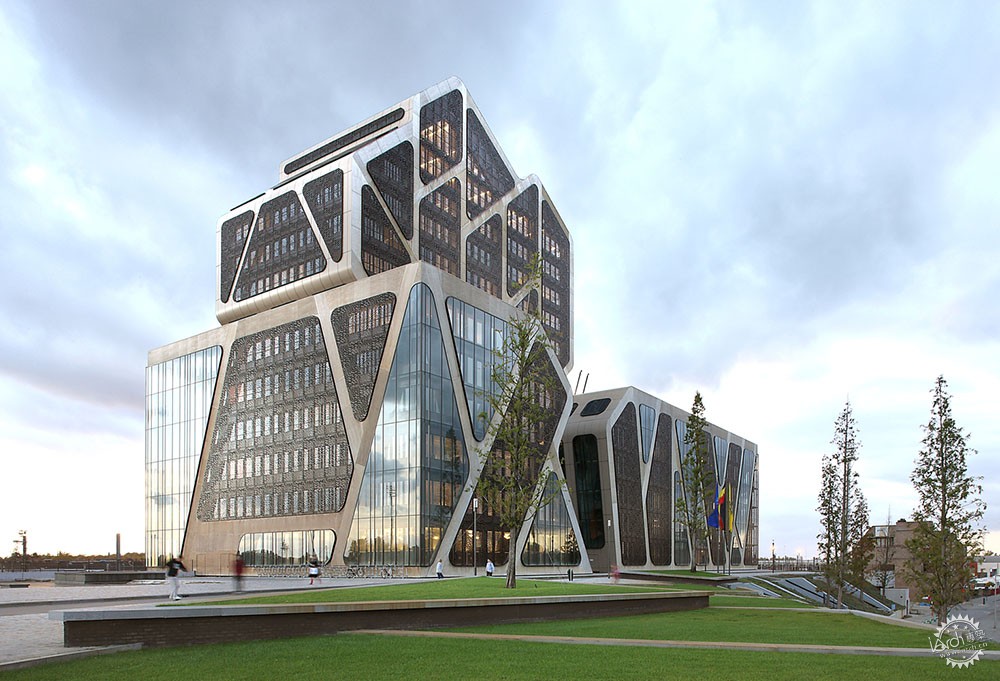
比利时Hasselt新法院|Court of Justice / Jürgen Mayer. Image © Filip Dujardin
VB:我并不是在讨论基于持续研究和设计过程的不断发展。我们在8年前就在讨论这个问题,建筑在那时起就在不断改变。我们不再崇拜个人主义。你的作品从一开始就有着鲜明的标志性和独特的风格,这是对时代的呼应。许多年轻建筑师在一开始会保留自己的个性,那么你对此怎么看呢?建筑师有必要做出退让吗?
JMH:是的,我们只能表达自己的思路,建筑也是如此。对于我们所使用的语汇来说,并没有什么特定的目的和策略,只是通过我们的方法将其表达出来。然而,建筑的发展趋向交流与合作,这丰富了设计过程的复杂性。我并不相信自己的作品有所改变,我比较关心建筑的设计过程。建筑在不同的环境中会有不同的发展,因此可以讨论的只是特定的时刻和趋势,而这些趋势总是会变的。但是我们也存在有许多问题,到现在为止,我们也许能够关注一些更加敏感的环境和实际内容。当然,这也影响了我们的作品,但是在今天讨论之前,我们的设计语言已经形成。
VB:有人问你什么是建筑学,你总是说这是一场未知的冒险,这听起来很有意思,你能解释一下吗?
JMH:建筑就是一个过程,也是一场冒险、一场未知的旅程而已。我们作为建筑师要做的并不是创造某件作品,而是应该找一个切入点。在设计建筑多年之后,我们仍然感到惊讶,因为我们会通过这个过程而得到特定的结论。我们相信,不断的突破自己是必然的过程。但是,我们在一开始也不知道会得到什么结果。
VB: I am not talking about gradual evolvement based on continuous research and design process. Since we talked eight years ago, architecture went through a drastic transformation. We no longer celebrate the individual. Your work, from the beginning, was about celebrating the iconic and the invention of a distinctive signature style. It was a direct response to the times. How do you acknowledge the new reality when so many young architects openly suppress their individuality? Is there pressure to make any concessions?
JMH: Well, we can only write with our own handwriting. Architecture is the same way. There is no specific intention or strategy in regard to the architectural language that we use, just our own capacity to work with the medium that is architecture. However, the making of architecture shifted towards more communication and collaboration which enriches the design process and its complexity. I don’t believe our work changed that much even if the discourse has shifted. We were always concerned with how our buildings are experienced. Our architecture anchors itself in different contexts and that forces us to evolve. What is currently being discussed are just moments of particular urgencies and preferences; they come and go. But we have so many ongoing issues. Right now, we may be focusing more on being sensitive to the environment and being pragmatic. That, of course, influences our work but the language that we use is already established and formed by many forces beyond today’s discussion.
VB: When asked about what is architecture you said it is an adventure into unknown. It is very poetic. Could you elaborate?
JMH: Architecture is a process; it is an adventure, a journey that has many unknowns. What we do as architects is not trying to create a product but to arrive at a point of discovery. Even after many years of designing buildings we want to be surprised and let the process lead us to a particular proposal. We trust and yet constantly question our process. However, at the beginning we don’t know what the outcome will be.
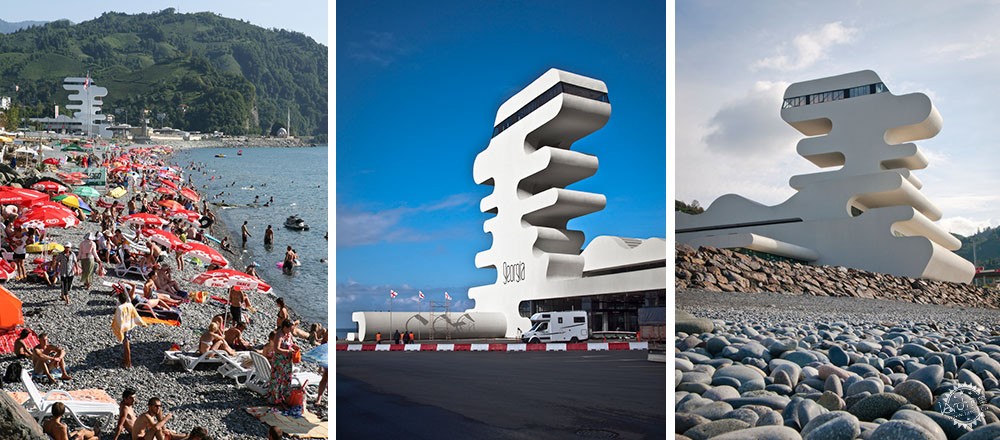
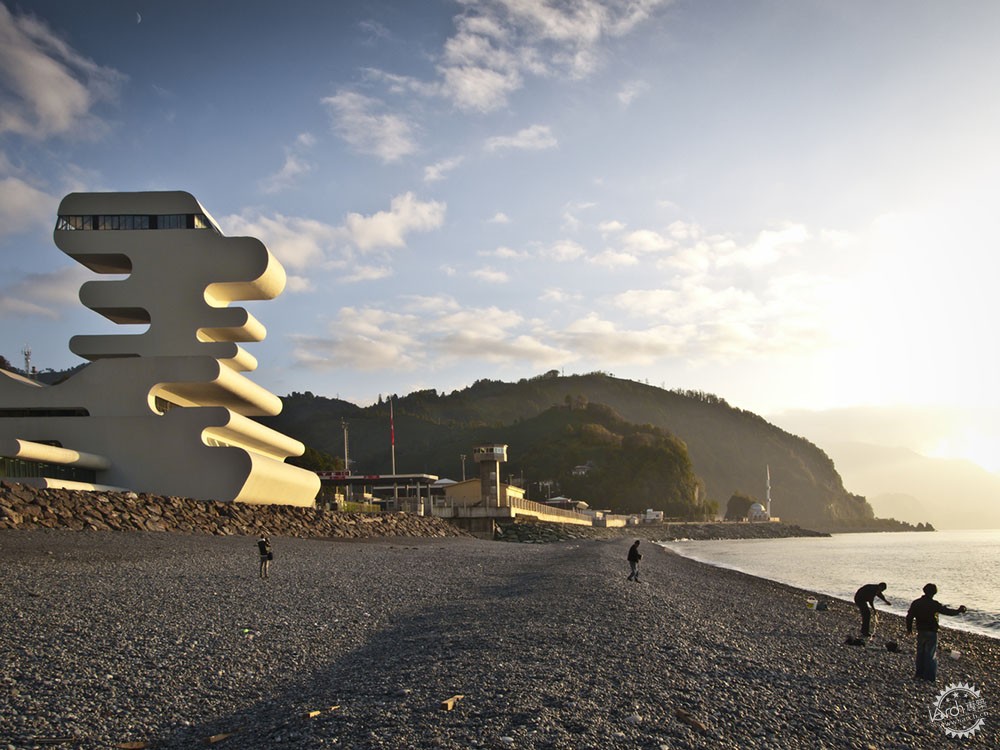
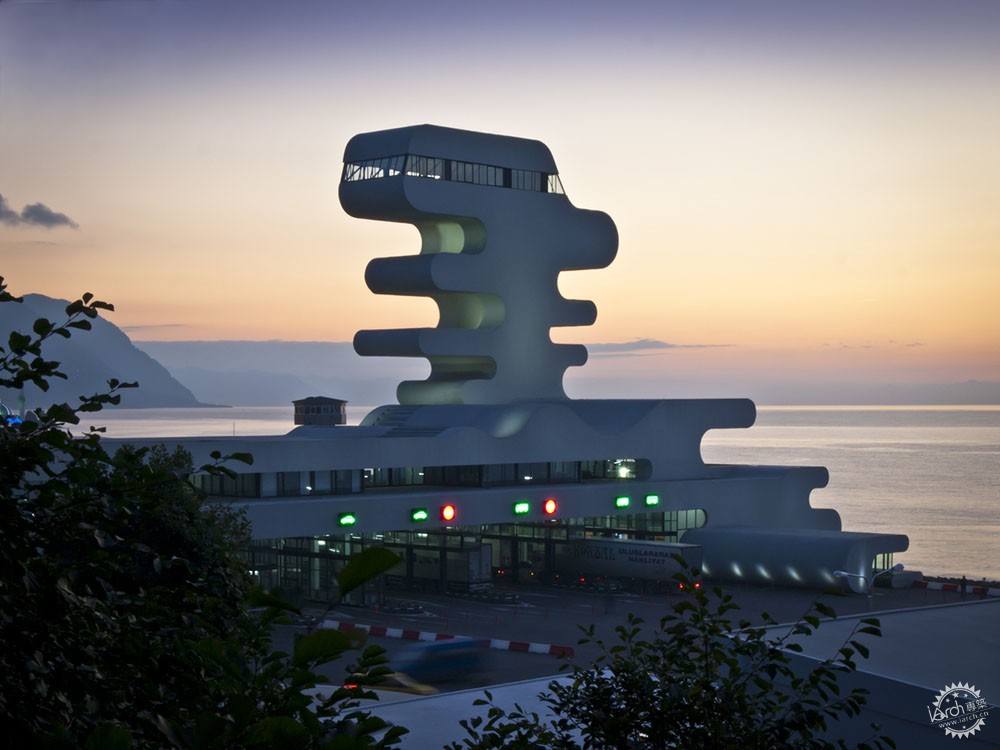
格鲁吉亚的Sarpi边境检查站|Sarpi Border Checkpoint / Jürgen Mayer. Image © Jesko Malkolm Johnsson-Zahn
VB:对你而言,好建筑是什么?
JMH:好建筑能够定义场所,还能带来新视野。同时它也具有舒适性,并且达到人们的期望。好建筑能够结合创新文化、社会、技术,并且还能适应未来的发展与改变,同时还不会失去自身的特征。
VB:你能说出在过去10年里所建造的一座好建筑吗?
JMH:赫尔佐格和德梅隆于2010年设计建造的迈阿密林肯大道1111号车库便是一座好建筑。在人们的想象中,建筑的开放性和结构性能够满足未来的改变和发展,同时它还具有限定作用,你在看到它之后便不会将它遗忘。这座建筑复兴了城市背景。我们在2011年设计的Sarpi边境检查站同样也具有这样的潜力,建筑的设计方式与典型边境检查站完全不同,因为我们在构思时,它并不是两个国家的分界点,而是两国人民的交流场所,同时也尽可能地开敞,结合更多的活动与功能,其中还包括夏日海滩聚会点。
VB: What is a good building for you?
JMH: A good building redefines a place. A good building brings a new vision. It also offers comfort but, at the same time, it challenges our expectations. It is a building that incorporates innovation culturally, socially, and technologically. And it is a kind of building that can be adapted, transformed, or entirely changed in the future without loosing its very own characteristics.
VB: Can you name one such building built in the last decade or so anywhere in the world?
JMH: The 1111 Lincoln Road garage in Miami by Herzog & de Meuron [2010] falls into that category. In our imagination, its openness and skeletal character allows for actual or fictional future transformations. It remains under-defined and yet, it is so specific that you won′t forget it after you have seen it once. And it activated its urban context. Our design for the Sarpi Border Checkpoint [2011] at the Georgian-Turkey border on the shore of the Black Sea has similar potential. It is the articulation of a very different way of looking at a typical border station, which we conceived not as a separation line between two countries, but rather as a meeting place between two nations and two peoples, and open for many programmatic options to evolve, including a popular summer beach destination.
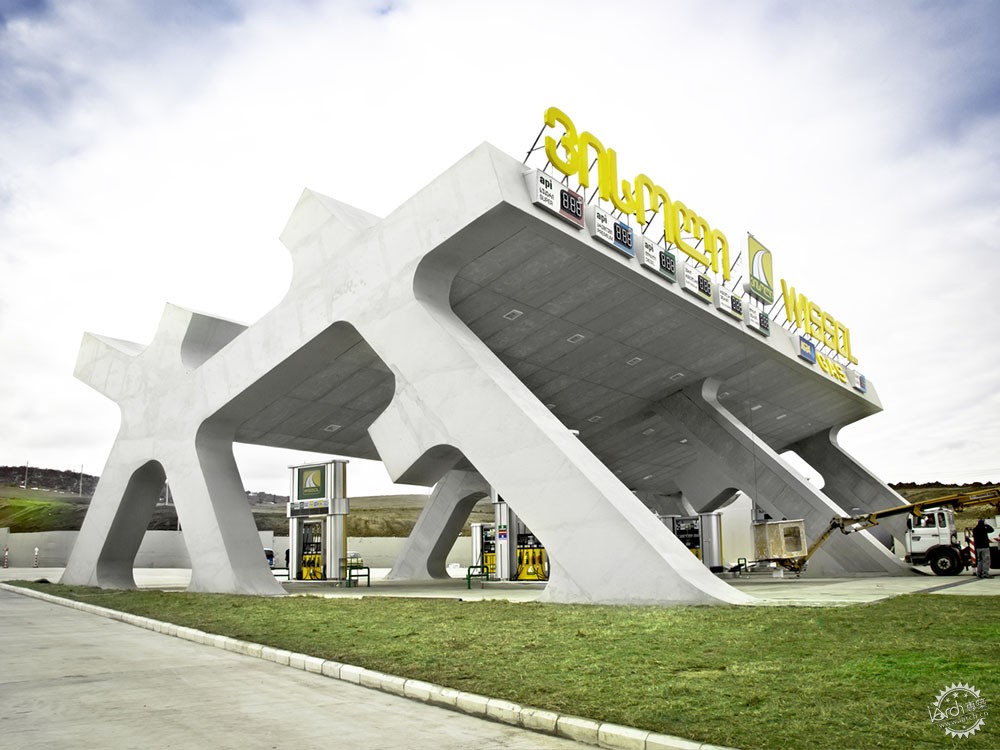
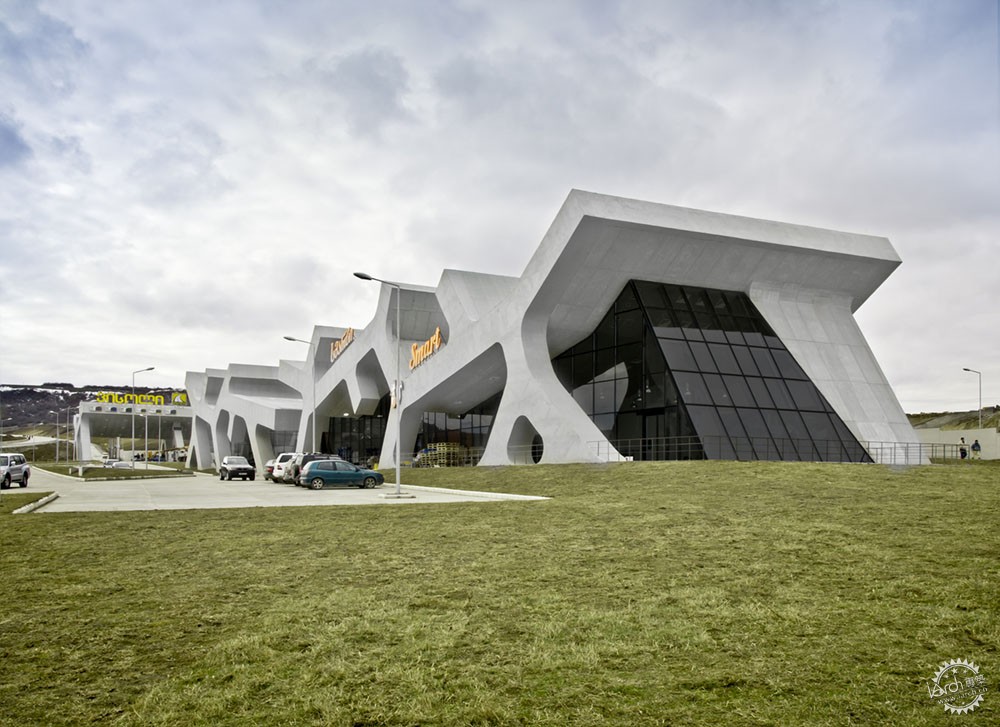
格鲁吉亚高速公路休息站|Rest Stops Gori / Jürgen Mayer . Image © Jesko Malkolm Johnsson-Zahn
VB:谈到你的工作时,你常常使用诸如潜在发展、创造性社会变革、批评与言语、模式、隐喻、空间状况等词语。那么除此之外,还有什么词汇可以用来描述你的建筑呢?
JMH:特征、文化敏感性、交流合作、可移动性、经济性。
VB: Speaking of your work you often use such words as potential discoveries, inventive social changes, critique and discourse, patterns, metaphors, and spatial conditions. What other single words would you choose to describe your architecture?
JMH: Identities, cultural sensibilities, communication and collaboration, transferability and economy.
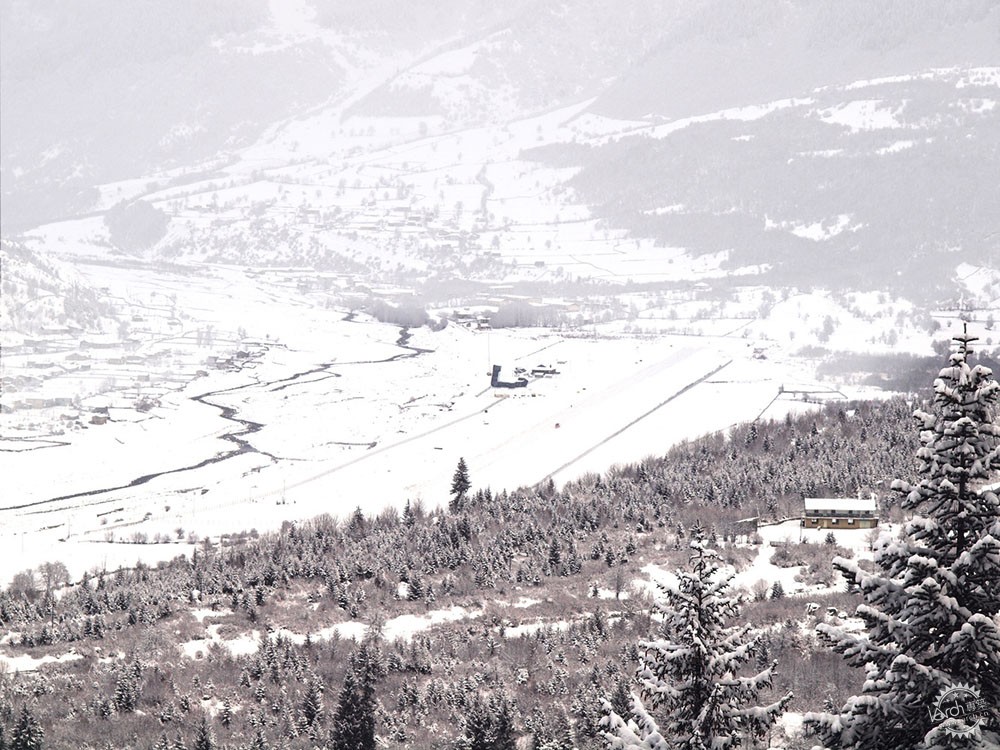

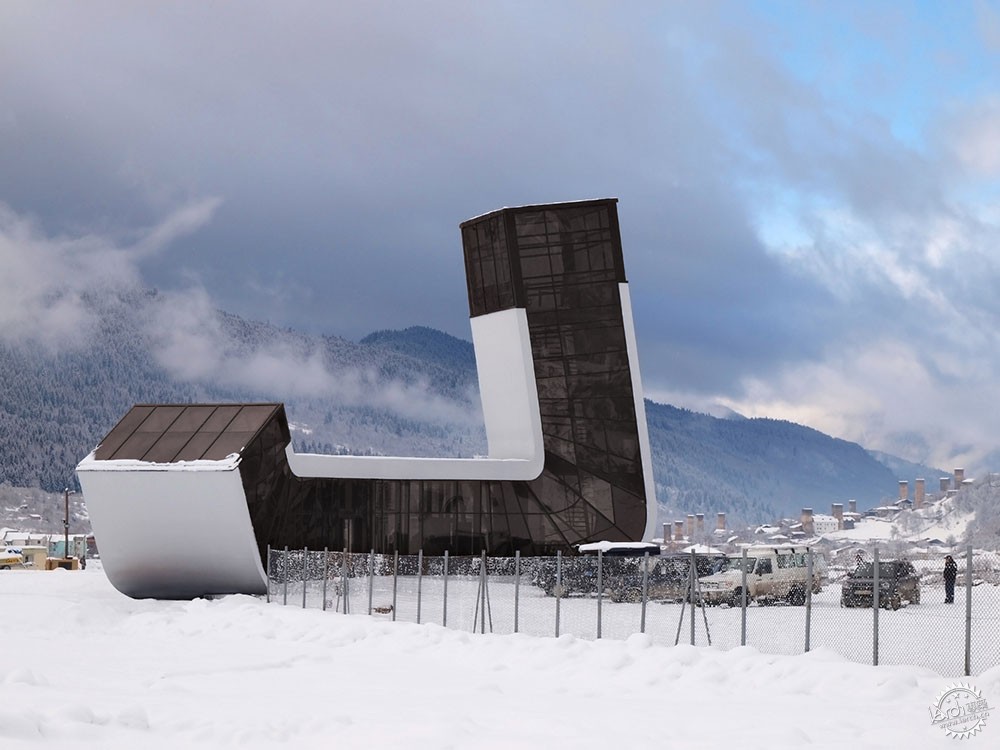

Courtesy of J. Mayer H.. ImageQueen Tamar Airport Jürgen Mayer
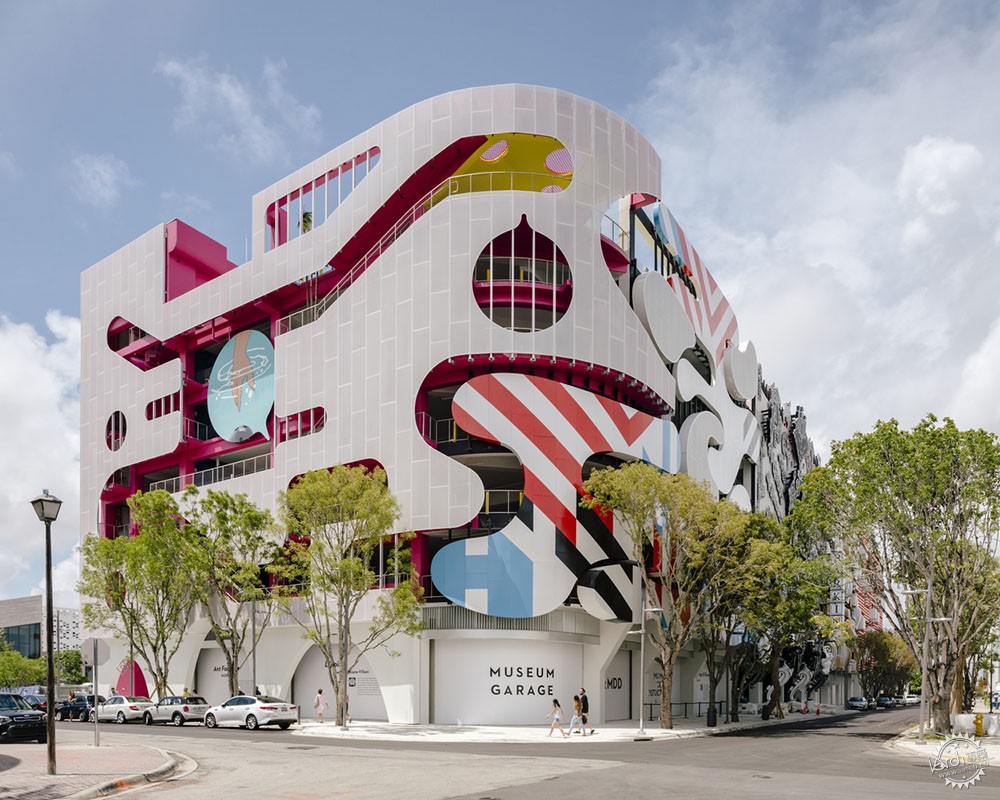
迈阿密汽车博物馆|Museum Garage Miami / Jürgen Mayer. Image © Miguel Guzman

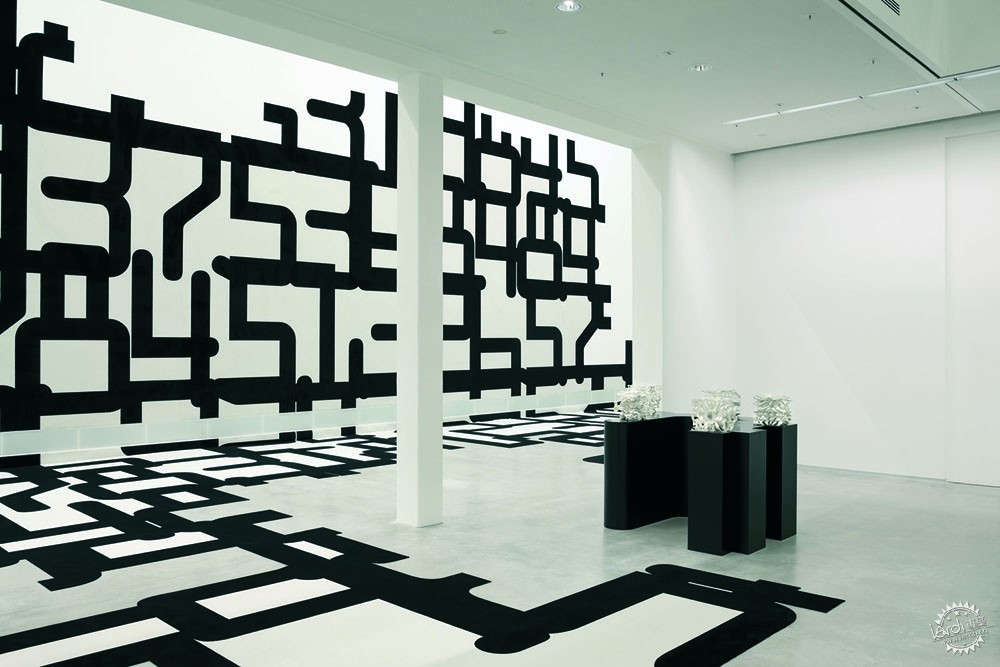

Rapport / Jürgen Mayer. Image © Ludger Paffrath
作者简介:
VLADIMIR BELOGOLOVSKY是纽约非营利Curatorial项目的创始者,他在纽约库伯联盟学院学习建筑,并且著有5本著作,其中包括《名人时代的建筑师对话》(DOM, 2015)、《Harry Seidler: LIFEWORK 》(Rizzoli, 2014)、《苏维埃现代主义:1955-1985》(TATLIN, 2010)。另外还有许多大型展览,即2015年于阿根廷展出的“Anthony Ames: Object-Type Landscapes”、2013年至2015年“哥伦比亚:变幻”的美国巡回展览、2012年的世界巡回展览“Harry Seidle:绘画建筑”,还有2008年威尼斯建筑双年展俄罗斯展馆的“象棋游戏”。 Belogolovsky还是柏林建筑杂志“SPEECH”的美国记者,曾经在超过20个国家的高校和博物馆进行演讲。
Belogolovsky的专栏“创意城市”为ArchDaily的读者介绍了他与世界知名建筑师的对话,而这些密切会谈也是2016年6月悉尼大学展览的主题内容,“创意城市”将会在世界各地举办巡回展览,从而不断地探索设计与理念。
VLADIMIR BELOGOLOVSKY is the founder of the New York-based non-profit Curatorial Project. Trained as an architect at Cooper Union in New York, he has written five books, including Conversations with Architects in the Age of Celebrity (DOM, 2015), Harry Seidler: LIFEWORK (Rizzoli, 2014), and Soviet Modernism: 1955-1985(TATLIN, 2010). Among his numerous exhibitions: Anthony Ames: Object-Type Landscapes at Casa Curutchet, La Plata, Argentina (2015); Colombia: Transformed (American Tour, 2013-15); Harry Seidler: Painting Toward Architecture (world tour since 2012); and Chess Game for Russian Pavilion at the 11th Venice Architecture Biennale (2008). Belogolovsky is the American correspondent for Berlin-based architectural journal SPEECH and he has lectured at universities and museums in more than 20 countries.
Belogolovsky’s column, City of Ideas, introduces ArchDaily’s readers to his latest and ongoing conversations with the most innovative architects from around the world. These intimate discussions are a part of the curator’s upcoming exhibition with the same title which originally premiered at the University of Sydney in June 2016. The City of Ideas exhibition will travel to venues around the world to explore ever-evolving content and design.
|
|
